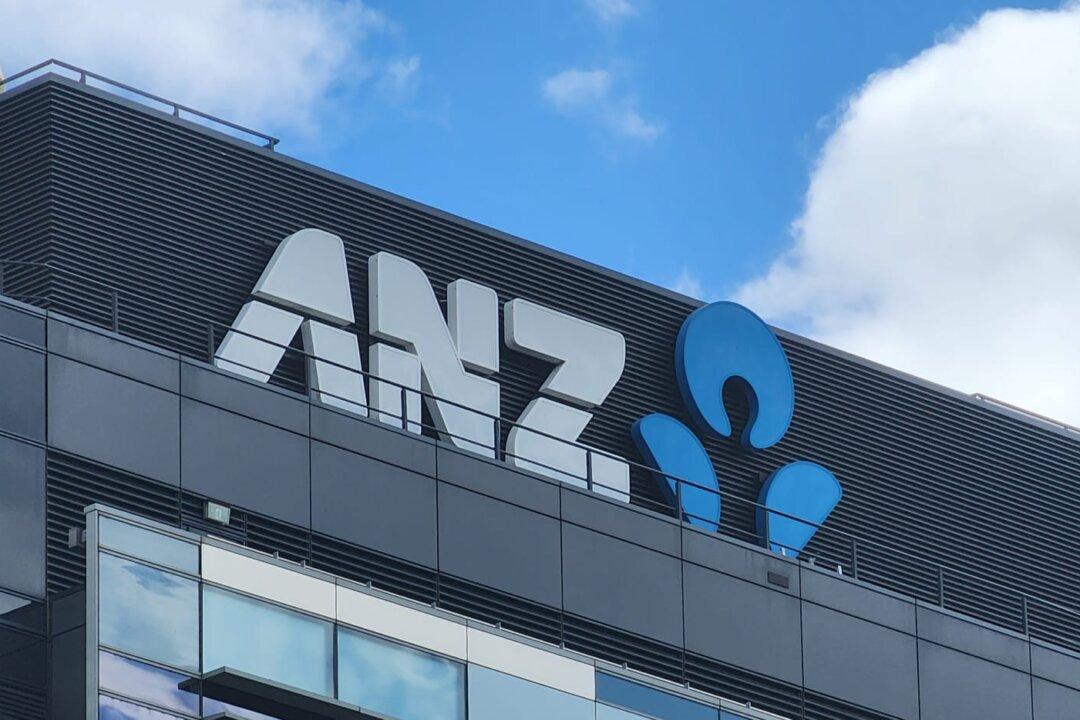ANZ Group revealed a new $2 billion (US$1.3 billion) share buyback, commencing part of its capital management plan and exhibiting its strong capital position in the market.
The buyback comes amid a reported 7 percent year on year drop in cash profits to $3.55 billion and a 4 percent decline in statutory profit to $3.41 billion in the first six months ended March 31, reflecting a tough trading environment.




